 Intranets play a major role in helping employees stay informed and get things done, easing any pain points, aiding task completion and enabling user journeys. But for an intranet to be successful there has to be a thorough understanding of the needs of users. It’s also important to understand the views of different business stakeholders to ensure an intranet is also meeting business objectives. An intranet that is built on assumptions is either going to fail or miss out on opportunities to really drive value and adoption.
Intranets play a major role in helping employees stay informed and get things done, easing any pain points, aiding task completion and enabling user journeys. But for an intranet to be successful there has to be a thorough understanding of the needs of users. It’s also important to understand the views of different business stakeholders to ensure an intranet is also meeting business objectives. An intranet that is built on assumptions is either going to fail or miss out on opportunities to really drive value and adoption.
Carrying out user research and the equivalent stakeholder research is the principal way to understand employee and business needs. An in-depth research and discovery phase is a core part of the huge majority of our projects.
In this article were going to explore why user research is so important and how we go about our discovery phase.
Why is user research, stakeholder research and discovery so important for intranet projects?
Intranet success and user research are intertwined. Here’s fourteen reasons why.
1. Building a user-centic intranet or digital workplace

Every successful intranet or digital workplace has to be centred around the needs of employees. They are the people who use the intranet in the day-to-day and it if doesn’t deliver value to them they simply won’t use it. Any intranet that is not user-centric will not meet its full potential to inform, engage and support productivity.
Business stakeholders and intranet teams often have a reasonable to good understanding of the user problems that the intranet is trying to solve. But that understanding is rarely complete and also open to bias. There are also always nuances that can be quite subtle and will impact the design, scope and more.
User research is absolutely critical in order to understand users and their pain points, preferences, habits, beliefs and more. Only from this understanding can you then design an effective intranet or digital workplace. As already noted, you cannot rely on assumptions about what your users want or need.
2. Getting the support of stakeholders so it is relevant and credible

Intranets meet the needs of users, but there will also be business priorities at an organisational level, as well as across different functions such as HR, IT, Communications, Knowledge Management and Operations. For example, perhaps the intranet needs to specifically drive more employee self-service around IT and HR tasks.
As part of our research and discovery phase we also interview key stakeholders to make sure there is alignment between the intranet and the objectives of different functions. Stakeholder input provides an important strategic framing for your project that will determine scope and prioritisation; it will also influence detail such as the design and information architecture. Involving stakeholders in research also drives the buy-in which often proves critical for the delivery of the project, and alsos give your research and project credibility.
3. Establishing scope and related priorities
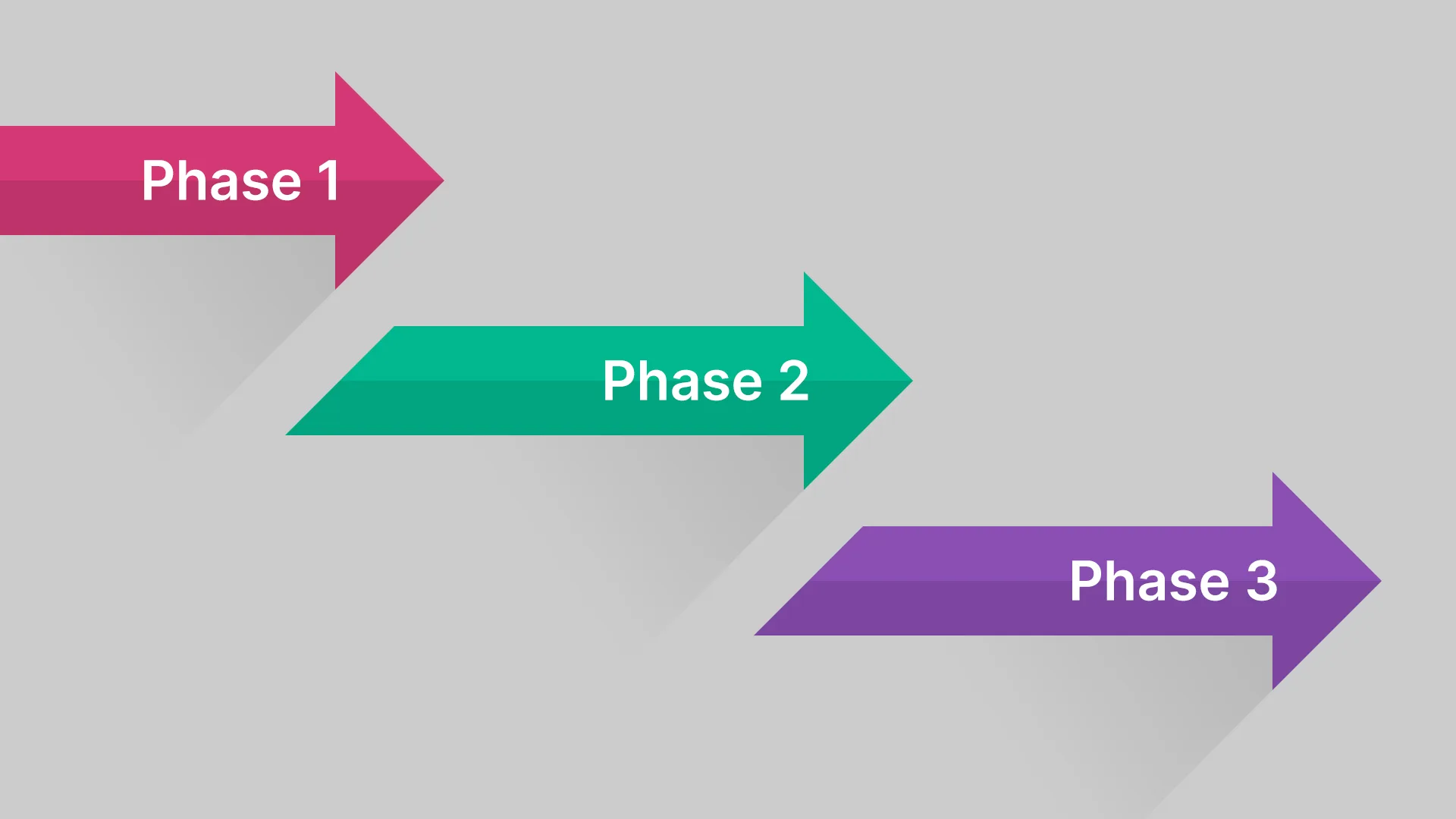
Intranets and digital workplace projects can be incredibly wide in scope, touching multiple aspects of work across the entire organisation. Working out the scope of your project is important, but it can be hard to know what to prioritise to ensure you deliver a successful intranet from day one. Many teams also choose to work with a Minimum Viable Product (MVP) so the question of scope and prioritisation comes even more into focus.
User research gives you more clarity over the prioritisation of your efforts as you can identify the biggest areas of pain, the low hanging fruit that will impact most users, the more niche cases that fall outside the scope of your MVP and so on. It can also help drive consensus across your project team and wider business stakeholders about what to focus on.
4. Killing silly requirements from individual stakeholders

Very occasionally individual stakeholders have some very specific ideas that are misinformed and not necessarily a good idea. User research is a good way to show a data-driven approach that will (hopefully) show that a particular idea is not necessarily a good one.
5. Deriving an intranet strategy, roadmap and requirements

Inevitably user research will prove to be a significant data input into some of the key documents of your intranet or digital workplace project – the strategy, any related roadmap and your functional and non-functional requirements. These will often reference directly back to your user research.
In the projects we deliver we have a user research and discovery report which will make strategic recommendations and identify key requirements – all based on the research.
6. Designing for personalization and relevancy

Workforces are highly diverse and complex, with a wide variety of different roles, backgrounds, locations, needs, preferences and perspectives. One size does not fit all. Moreover, a successful modern intranet should be highly personalised and relevant for different groups with targeted content and experiences, usually based on a person’s profile.
User research should always reflect the diversity of the workforce and be carried out across a representative sample. Undertaking user research helps you to understand the differences in how groups work and the relative nuances you need to make in terms of development, design, content and even change management interventions.
7. Ensuring your project is accessible

Accessibility is very important for any digital project and also supports Diversity, Equity & Inclusion (DE&I). Carrying our user research can uncover some of the pain points for people that are living with disabilities and need to be taken into account in building your intranet and digital workplace. Improving accessibility also improves usability.
8. Getting the detail right

Designing intranets and digital workplaces means often going into the detail. How do you decide on the best approach for user interface design, or a workflow process or even a piece of content? Returning to the detail of user research can help you get the fine-tuning right, as well as then further testing a design or solution with users.
9. Suggesting the backlog

Intranets and digital workplaces are never finished, and often deliberately so, by introducing an MVP. User research and stakeholder research will suggest multiple features, content areas and more. Some may be essential; others may be more nice-to-haves. One of the powerful outputs from any user research and discovery phase will be a backlog of changes, features and new capabilities that can define the fundamental roadmap for your intranet or roadmap for the short-, medium- and even the long-term.
10. Making the business case

Intranets and digital workplaces require investment and you may need to make a business case. User research will invariably produce data that can help make and improve any business case. Using a mix of quantitative and qualitative data from user research is often the best way to influence hearts and minds. A killer statistic about a pain point or a direct quote from a user that expresses the frustration of using an existing solution can be powerful.
11. Supporting adoption and change management

Adoption and change management are critical ingredients of every intranet project. User research supports adoption and change management in two ways. Firstly, the user research will provide valuable information on how to launch an intranet – what to focus on, what kind of messages will resonate with users and so on. We sometimes have a specific workshop about change management to help form an effective engagement and adoption strategy.
Secondly, carrying out user research is a form of change management itself. If users know they are being listened to it can create advocates and champions who may want to get more involved in the project in activities like testing, but also help to champion it after launch. Sometimes those involved in user research end up playing a critical part of your wider change efforts.
12. Setting up iteration, testing and improvement

User research often reveals those individuals and groups who may be willing to contribute further with feedback. As already noted, there is often a continuity between groups involved in initial user research who then give ongoing feedback to be able to iterate and test an intranet or application before launch, and then even improve it afterwards.
Ongoing user research and testing also helps power more iterative development which helps to drive better products. For example, we often use prototyping to be able to improve and iterate a design until it really ticks the right boxes for users.
13. Getting a baseline to track improvement and success

Measurement underpins efforts to improve an intranet over time. User research should give you baseline data to then re-measure later down the line to track success – comparing the “before” and the “after”.
14. Giving your project credibility
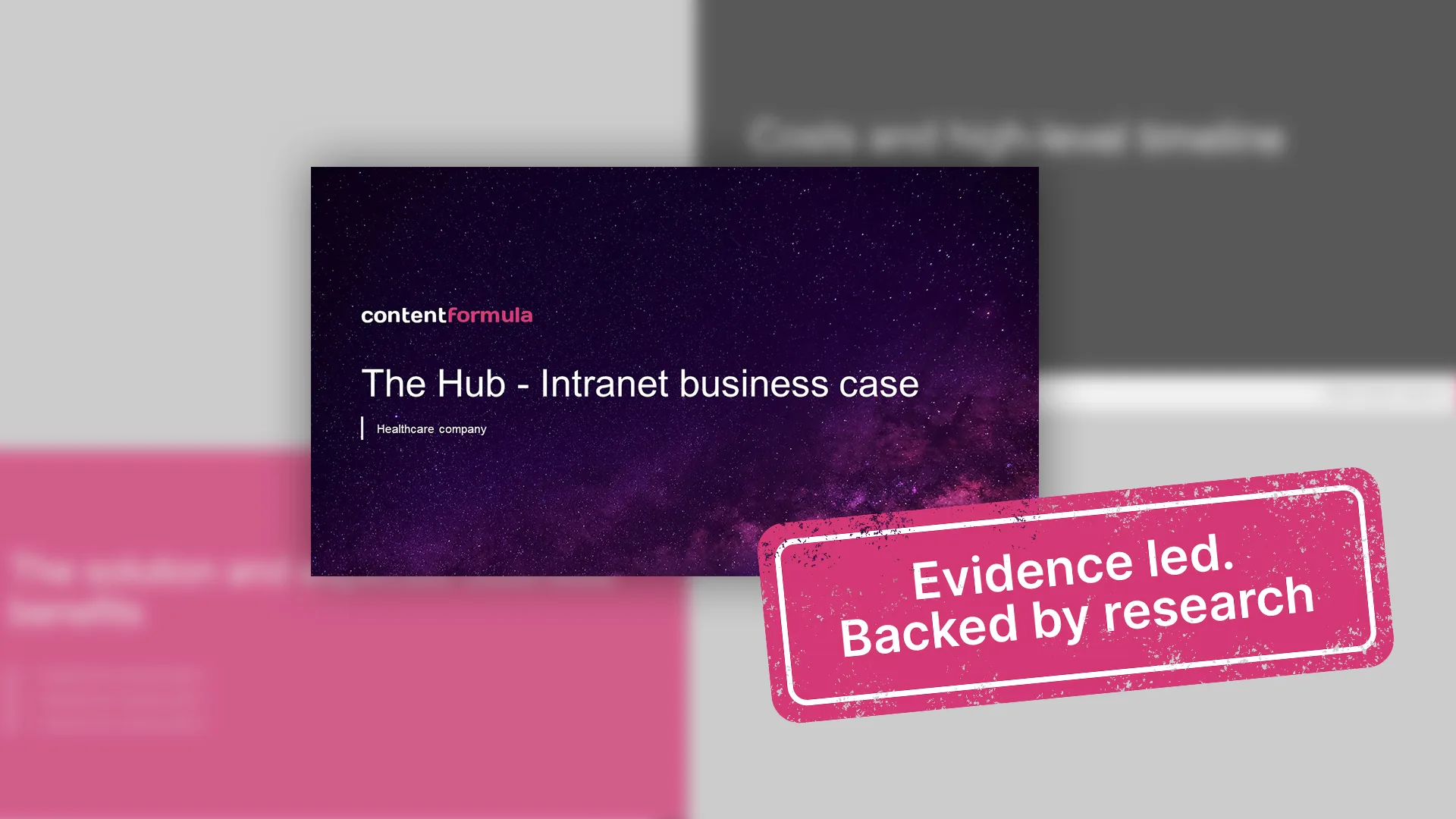
As an overall point, user research gives a project credibility not only with your stakeholders but also employees too. When everybody knows an intranet or digital workplace is based on a data-driven and user-centric approach, then everybody is more likely to take it seriously.
Our approach to user research and discovery
User research and discovery is a core part of our intranet and digital workplace projects. This comes in two phases. Firstly, we carry out initial discovery and research with users and stakeholders that will help drive scoping, strategy, requirements and more. This usually has some distinct activities:
- A number of focus groups with users representing different sections of the workforce.
- A number of individual interviews, again representing a cross-representation of users.
- Interviews with key stakeholders, to understand their views too.
- A heuristic review of the current intranet or digital workplace covering areas such as user experience, information architecture and content design.
- Any additional research techniques such as observing users in their actual workplace or undertaking a wider survey asking additional questions.
- Reviewing additional data inputs such as intranet metrics, help desk statistics, previous employee surveys and strategic documents.
What do we cover in our user research?
Interviews and focus groups cover a consistent set of questions and topics, covering elements such as:
- User journeys
- User frustrations and pain points
- Information needs
- How they use current applications
- What a typical day looks like
- Ideas and preferences
- Adoption and change management
- Wider business objectives (with stakeholders).
From our workshop and interview notes, we will then carry out our analysis, identifying themes, finding patterns and making recommendations. These are then summarised and collated in a discovery phase report.
What is in a typical discovery phase report?
Of course, no two discovery reports are the same! However, typically we cover the following areas usually in a presentation to key stakeholders and team members:
- Overview of the discovery process.
- User frustrations and pain points, often illustrated by real quotes.
- Other insights from interviews and workshops.
- Feedback and ideas from employees and stakeholders.
- Overall emergent themes.
- Recommendations suggested by the research for intranets, digital workplace, governance and more.
- Any other detail associated with the recommendations such as a suggestion for an information architecture for the intranet or an adoption and change management approach.
Involving user research in the actual project
Once we have the go-ahead, users will continue to be involved in the project through workshops and testing where we might:
- Iterate designs through prototyping.
- Contributing to card sorting or tree testing to derive information architecture.
- Giving specific views on deeper elements of design or features.
- And more!
Examples of our work
Most of our work involves a discovery phase involving detailed user and stakeholder research. Here are just a few examples where research played a critical role in the success of the project.
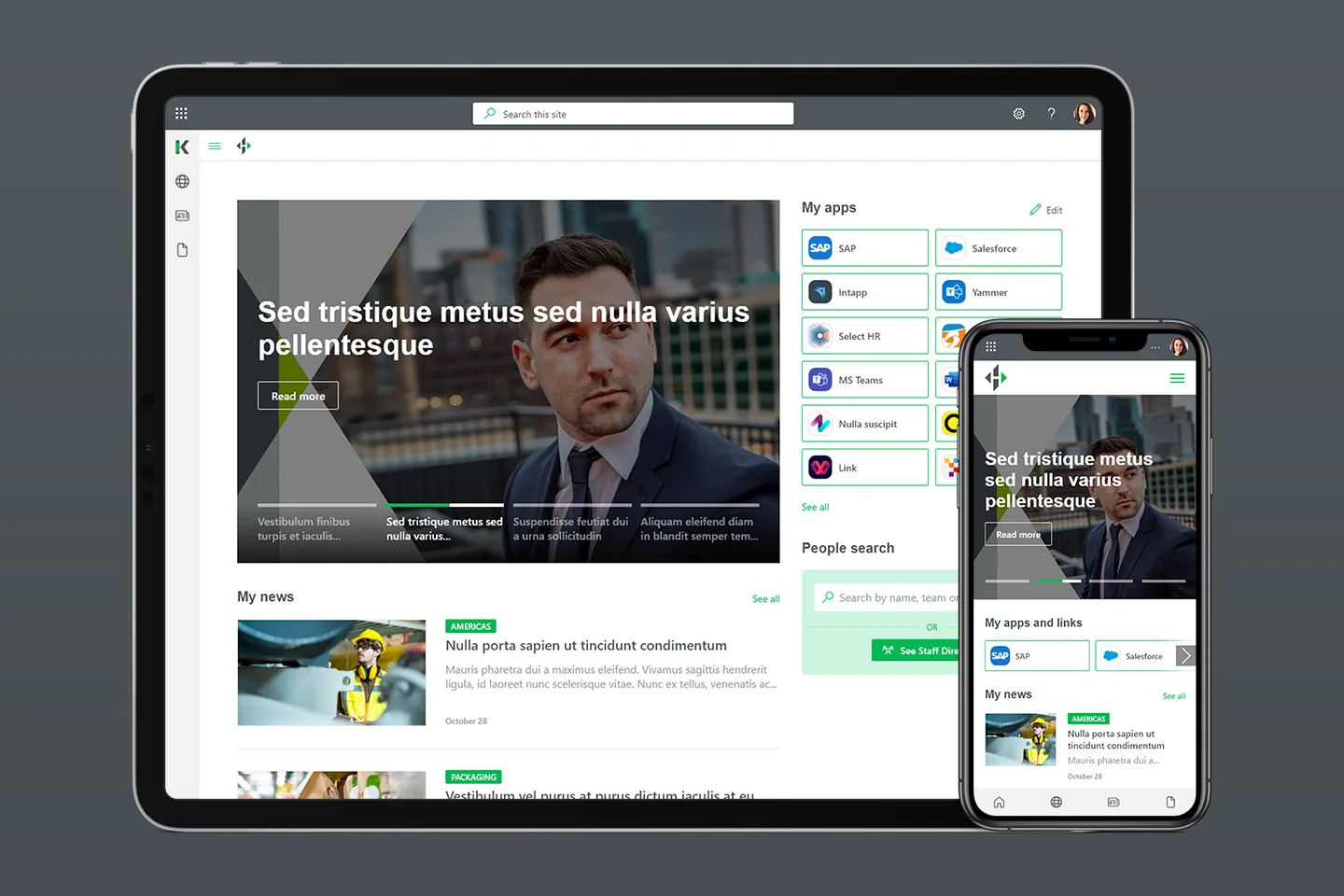
For LEK Consulting we built a ground-breaking knowledge management platform to support client projects. This was based on extensive discovery with user and stakeholder interviews, and a series of focus groups, to understand needs of consultants and knowledge teams across different regions. Users continued to be involved throughout the project, for example carrying out testing and giving feedback on a clickable prototype.
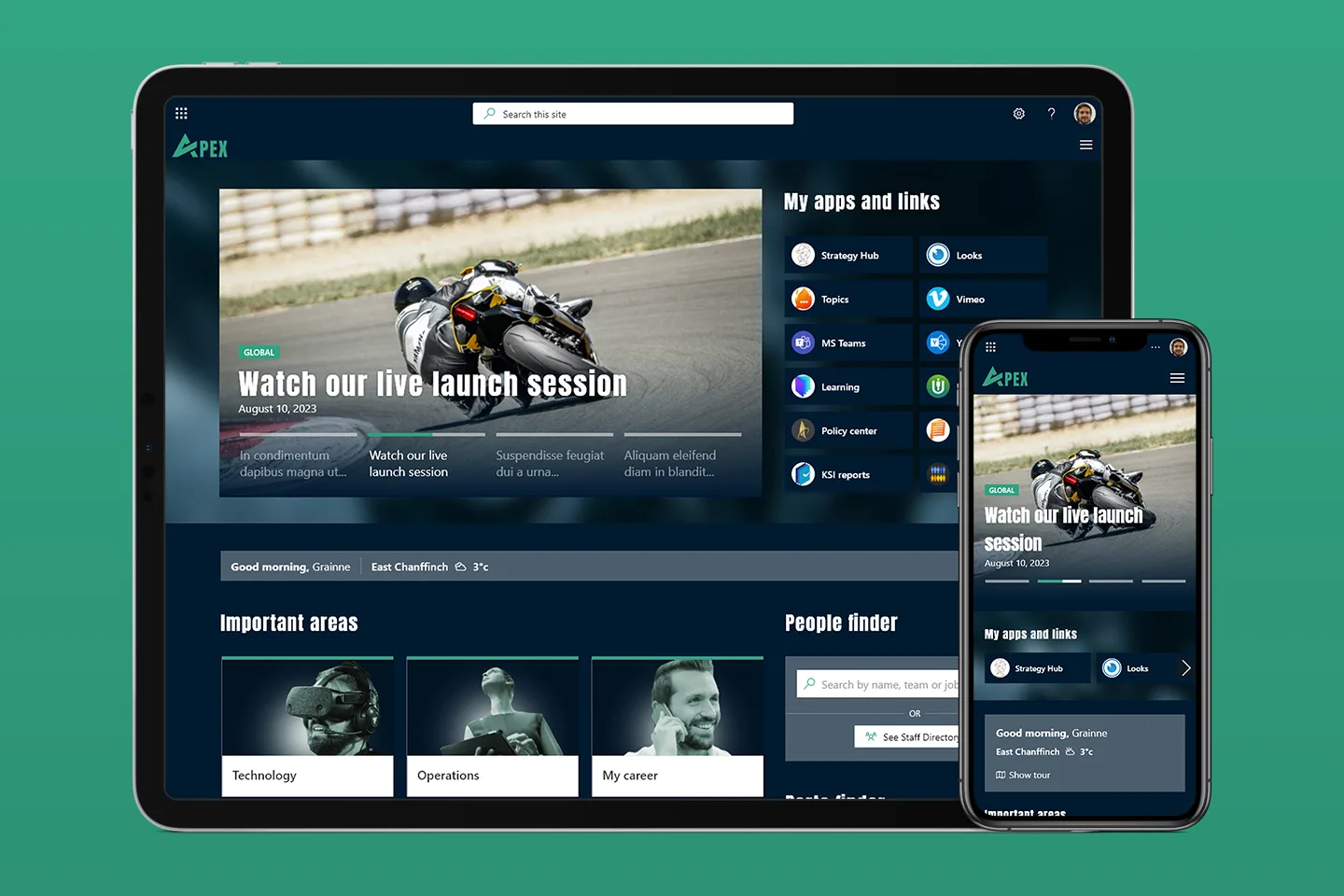
For a high-profile racing team, we built a custom unified SharePoint intranet that ticked the boxes for engagement and productivity across a diverse workforce. We held both online and in-person workshops across different parts of the business to identify requirements and detail user journeys. Mocked up wireframes helped to further refine user journeys and iterate designs based on further user and stakeholder feedback.
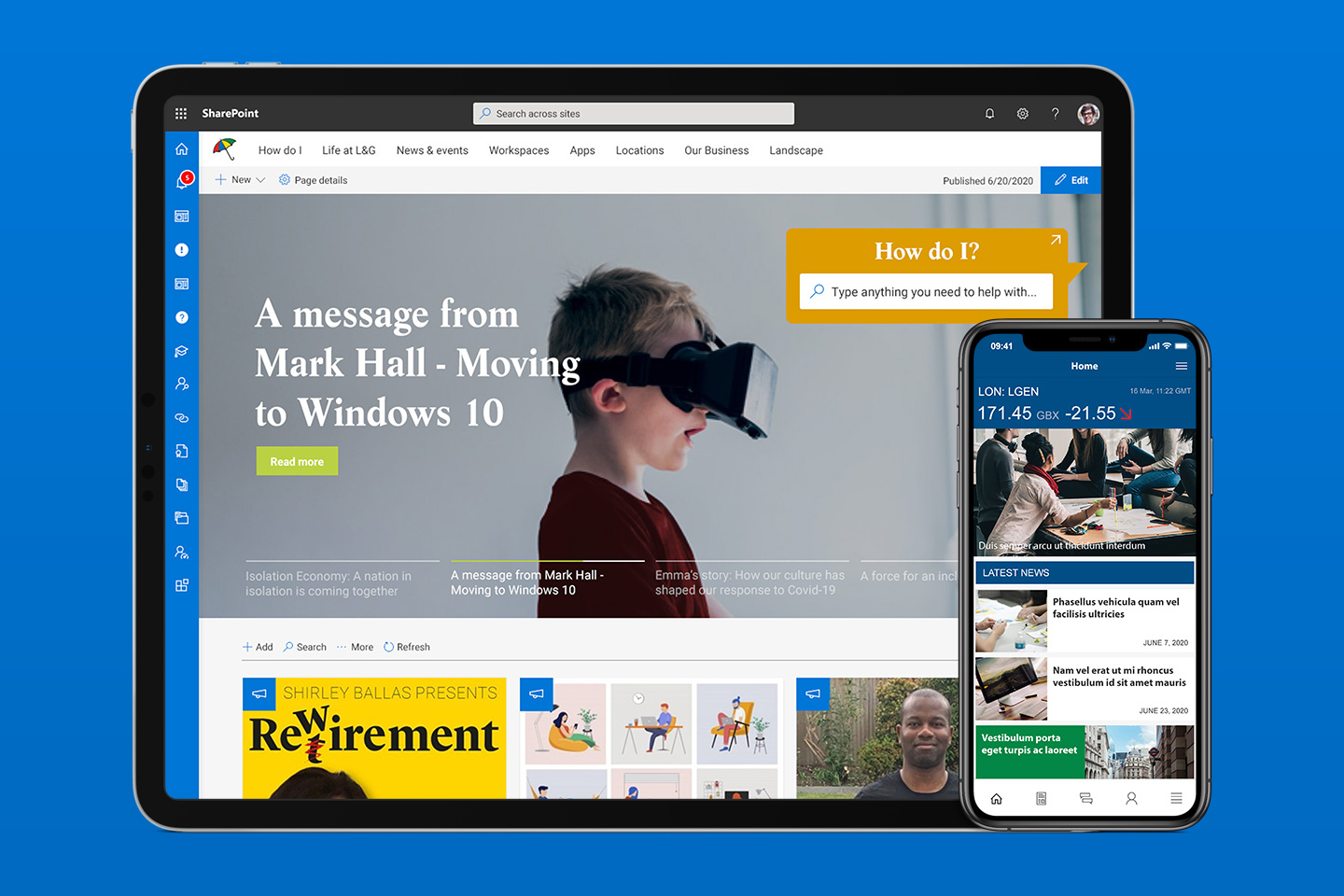
Legal and General engaged Content Formula to carry our detailed user research to develop a strategy and roadmap to transform the digital employee experience; we undertook numerous workshops and interviews, as well as involving senior stakeholders. The research and related discovery output that also built on previous information helped form the basis for an ambitious roadmap that is still being followed today.
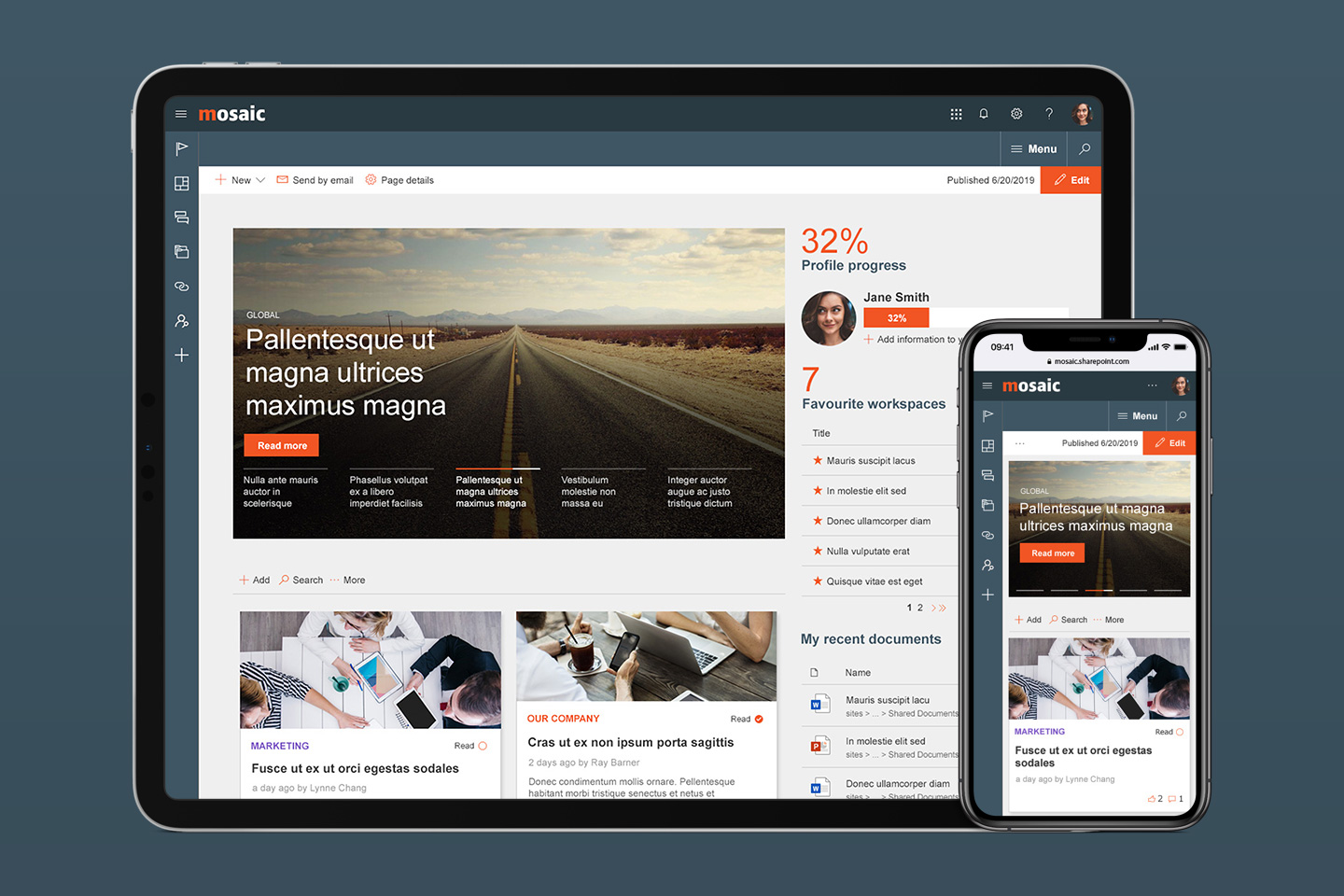
When TTEC engaged us to deliver a new intranet for a workforce with complex needs, we needed to completely understand the nuances of how employees worked as well as stakeholder priorities. The on-site workshops we held at TTECs campus HQ in the USA as well as the remote interviews we carried out proved essential for the successful roll-out of a strong intranet that meets TTECs unique needs.
Find out more
User research and discovery is essential for every intranet and digital workplace project. If you’d like to discuss our approach to user research, then get in touch.

